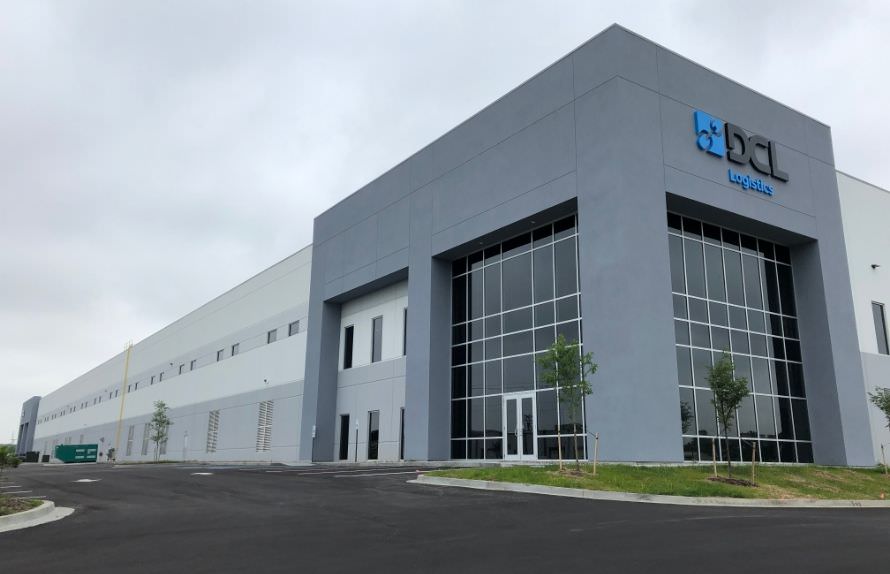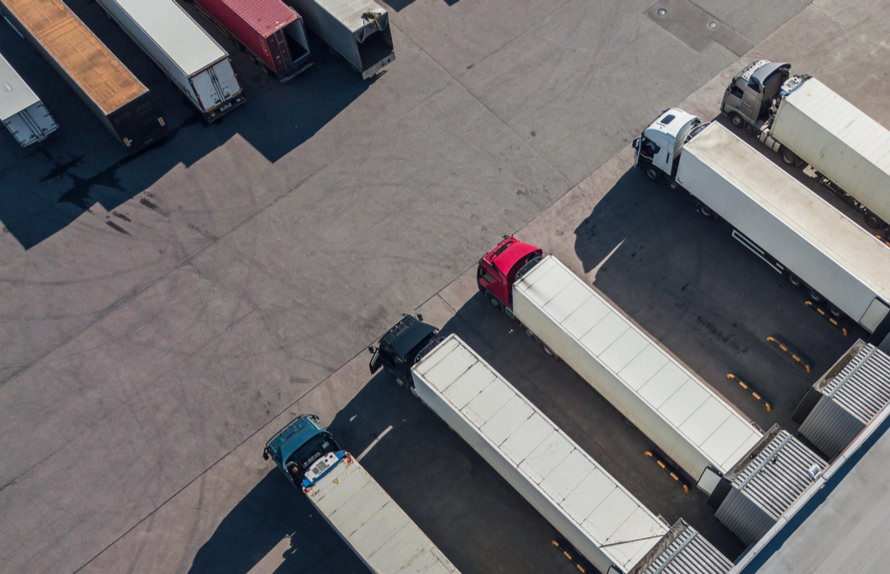
SIOC packaging, an acronym for “ships in own container”, is reshaping how products reach consumers in the world of ecommerce fulfillment and logistics. This approach, championed by Amazon, involves sending products directly to customers in their original packaging without an additional box or overbox, reducing the need for excessive packaging materials. As customer expectations for speed, sustainable packaging, and satisfaction intensify, SIOC packaging sits at the heart of innovation for brands, retailers, and fulfillment providers.
Understanding SIOC Packaging
SIOC packaging allows products to be shipped in the containers they’re sold in, eliminating unnecessary layers of packaging. Instead of adding an extra Amazon-branded box or additional packaging, sellers design sturdy, branded containers that withstand the shipping process from fulfillment centers to the customer’s doorstep. This is particularly significant for large ecommerce retailers like Amazon, which ship millions of packages daily.
Why Amazon Focuses on SIOC Packaging
Amazon’s SIOC program was originally designed to address two core goals: reduce packaging waste and optimize shipping costs. With such high order volumes passing through fulfillment centers, even small reductions in packaging materials can add up to massive resource and cost savings. The ships in own container approach is not just about costs—it also improves the customer experience by reducing frustration and promoting brand engagement.
Packaging Requirements for SIOC
For a product to qualify for SIOC packaging through Amazon, it must meet strict packaging requirements. Products need to pass the ISTA 6 standard, a series of drop tests and impact simulations to ensure that goods will arrived undamaged even without an overbox. This includes preconditioning, free-fall drops, rotational drops, compression, and vibration tests. Packaging must also be easy to open, recyclable where possible, and comply with Amazon’s frustration-free packaging guidelines.
Designing with SIOC in Mind
Product packaging plays a central role in the SIOC system. Packaging design must balance durability with minimalism. Sturdy corrugated boxes, reinforced corners, and padded mailers are common SIOC packaging materials.
Amazon encourages using fewer components and focusing on scalable, eco-friendly solutions. To secure SIOC certification, sellers often partner with APASS (Amazon Packaging Support and Supplier) network testing labs, which guide them through the ISTA 6 process and validate that their solutions meet all requirements.

Benefits of SIOC Packaging
The benefits of SIOC packaging ripple across the supply chain, impacting manufacturers, logistics partners, and end consumers:
- Reduces packaging waste: By eliminating additional packaging materials, brands dramatically cut their environmental footprint. Less material means less landfill waste and easier recycling for consumers.
- Lowers shipping costs: Smaller, lighter packages cost less to ship. SIOC packaging means sellers aren’t paying for extra boxes, air pillows, or dunnage, directly impacting the bottom line.
- Improves customer experience: Receiving a well-designed package that isn’t wrapped in layers of cardboard enhances the unboxing experience. Quick, hassle-free access to products lifts customer satisfaction scores.
- Boosts brand visibility: Without Amazon packaging covering the original box, sellers can showcase their own branding and design, helping build customer loyalty.
- Streamlines logistics: SIOC allows for more efficient pallet-builds in fulfillment centers, speeds up the order picking and packing process, and reduces SKU confusion.
Amazon’s SIOC and the Broader Shift
As the largest ecommerce platform, Amazon’s SIOC program has encouraged thousands of sellers to adapt their packaging for optimal, cost-effective shipping. The initiative has inspired new packaging solutions not only for FBA (Fulfilled by Amazon) sellers but also for brands selling on their own sites or through other marketplaces. For any product to pass Amazon’s SIOC certification, it must survive the ISTA 6 drop test and meet packaging design and labeling guidelines.
SIOC and Frustration-Free Packaging
There’s overlap between SIOC packaging and frustration-free packaging (ffp). Both seek to simplify the customer’s experience, reduce packaging waste, and encourage sustainable packaging materials such as recyclable cardboard. However, FFP emphasizes easy-open designs, while SIOC focuses on shipping durability
Integrating SIOC with the Modern Supply Chain
Implementing SIOC packaging requires collaboration between brands, packaging designers, and fulfillment centers. Testing labs in the APASS network help businesses navigate packaging certification, guiding them through trial shipments and drop testing. Products that pass become eligible for Amazon SIOC certification, unlocking streamlined logistics opportunities, especially for large ASINs (Amazon Standard Identification Numbers).
Key Elements of Effective SIOC Packaging
Effective SIOC packaging solutions share these core attributes:
- Cost-effective: Packages use fewer and less expensive materials.
- Protective: Materials and construction withstand the rigors of the shipping process, from long pallet journeys to final-mile delivery.
- Eco-friendly: Design incorporates recyclable or biodegradable materials.
- Custom-branded: Sellers have the chance to delight customers with high-quality graphics or branding.
- Easy to handle: Packages are designed for efficient stacking and handling in automated fulfillment centers.
Sustainability and Environmental Impact
Sustainability is central to the SIOC packaging movement. Minimizing packaging waste reduces resource use and cuts greenhouse gas emissions associated with extra manufacturing and transportation. Sustainable packaging choices such as recycled corrugate, minimalist padded mailers, and fewer air pillows position brands as eco-friendly—an attractive quality for increasingly conscious consumers.
SIOC Packaging in Ecommerce
In ecommerce, packaging is no longer just a means to an end. It’s part of the product, the unboxing experience, and a focal point for customer feedback. Streamlined SIOC solutions optimize the entire shipping process, lowering packaging costs and reducing the friction of returns. Data from ecommerce leaders indicate that well-designed SIOC packaging can boost customer satisfaction, reduce returns due to damage and prompt positive reviews.
Testing, Certification, and Continuous Improvement
The ISTA 6 drop test is just one aspect of SIOC certification. Brands must work with APASS labs to optimize package performance, document compliance, and continually improve for new product launches or changes in packaging requirements. Regular reviews ensure ongoing fulfillment process efficiency and sustainable practices.
The Business Case for SIOC
Adopting SIOC packaging enables brands to:
- Capture cost savings by streamlining the use of packaging materials.
- Differentiate themselves by enhancing the unboxing experience and directly communicating with customers through branded packaging.
Stay compliant with Amazon’s packaging guidelines, avoiding penalties and chargebacks for non-compliant shipments. - Demonstrate a commitment to eco-friendly practices and sustainability through recycled and recyclable materials, winning over environmentally-aware shoppers.
Overcoming Common Challenges
While SIOC offers many benefits, transitioning to this model can present challenges. Complex packaging requirements and rigorous drop tests mean that packaging design must be sophisticated. Not every product is a candidate for SIOC; fragile or high-value items may still require additional packaging or overbox protection. Brands must carefully analyze their packaged-products, considering each ASIN and its suitability for SIOC shipment.
Optimizing the Shipping Process
Streamlining the shipping process means rethinking every stage of fulfillment—from the moment a product leaves production to its journey through fulfillment centers and last-mile delivery. Effective SIOC packages must work within automation and manual systems, stack effortlessly on pallets, and pass through automated sortation without incident. Optimized packaging also means fewer damages, claims, and returns—directly boosting efficiency for sellers and third-party logistics providers.
The Role of Certification Labs and Partners
Testing labs and APASS-certified partners are essential to successfully implementing SIOC packaging. They help sellers navigate packaging certification, conduct ISTA 6 drop tests and other simulations, and ensure that packaging solutions align with both regulatory demands and customer needs.
SIOC Packaging and Ecommerce Strategy
For brands, adopting SIOC packaging is not merely about meeting amazon packaging standards—it’s a strategy to optimize, improve sustainability, reduce costs, and enhance customer experience. Custom packaging solutions backed by certified testing and intelligent packaging design give sellers a competitive edge, both on and off Amazon’s platform.
Bottom Line
SIOC packaging stands at the crossroads of innovation and practicality in ecommerce and logistics. The benefits of SIOC packaging stretch across the supply chain, from fulfillment centers to final delivery, uniquely blending cost, sustainability, and enhanced customer experience.
As brands race to optimize their packaging and operations, the shift to SIOC—supported by rigorous certification, intelligent packaging design, and eco-friendly practices—continues to redefine what it means for products to ship safely, efficiently, and sustainably in today’s global market.








